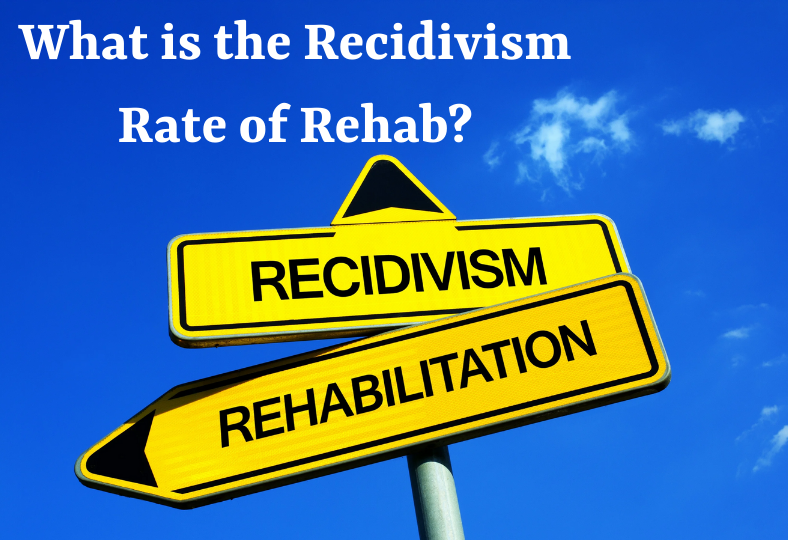The first step after committing to rehab is taking the necessary steps to ensure that, this time, it will be different. We all know what happens when we don’t follow through with our commitments and unfortunately for addicts, they often relapse or “slip” back into addiction. But there’s good news: studies show that around 75% of people who commit themselves to recovery and complete treatment at a rehab, including treatments that handle addiction and depression, do not return to drugs or alcohol! What does this mean? It means you can make a commitment today and actually keep it!
Recovering from an addiction is hard enough, but then staying sober for life afterwards seems like an impossible task! This is why recidivism rates are so interesting — they offer us insight into how effective rehab actually is and whether or not it’s worth it.
What is Recidivism Rate?
The recidivism rate refers to the number of relapse cases within a certain population, in this case the drug rehabilitation population. For example, if you looked at 100 people who completed treatment for their substance abuse problems and tracked them over 5 years, and 20 returned to using drugs during that time period or any time after completing the treatment program, then the recidivism rate would be 20%.
If you look closely at these recidivism rates, what you’ll discover is that most programs are extremely successful as far as keeping people from returning to using drugs or alcohol. Most recidivists did so within the first year following rehab, and the recidivism rate for addicts in recovery drops as low as 5% within 2 years.
In fact, roughly 75-80% of all people who complete drug rehab do not relapse afterwards! The recidivism rates are so high at first because during the first few months following rehabilitation, addicts face many triggers that could send them back to drugs or alcohol. But as you can see from these recidivism statistics, staying sober longer than 1 year is very possible with proper aftercare and plenty of support.

What is the Recidivism Rate Affected By?
The recidivism rate varies depending on the specific treatment program used — some programs have a better recidivism rate than others, which suggests that perhaps certain techniques aren’t effective enough to treat people’s addictions effectively. After all, recidivism is caused by many different factors and the treatment plan itself may not be sufficient to help people overcome their addictions.
However, recidivism rates are also affected by demographic characteristics such as age, gender, and socioeconomic status. For example, recidivism rates for college students who complete rehab are much lower than recidivism rates among heroin addicts in their 40s or 50s because of significant differences in social support networks (family-related issues) and access to drugs.

These statistics illustrate why rehab is so important — you don’t have to feel like a “loser” or an addict for life if you follow through with the appropriate aftercare program!
What Makes Rehab Effective?
Although the definition of success can vary between rehabs, there is a clear overview of what treatment should look like. A person receiving effective addiction treatment should show a reduction in substance use and/or a shorter time between relapses, a decrease in medical visits, improved relationships, a better legal standing, and safety improvements, among many others. Many agree that dual diagnosis treatment centers are the best rehabs to attend overall as they provide multiple different types of programs for addiction and mental health disorders.

Relapse Does Not Always Mean Treatment Has Failed
Relapse is a common part of recovering. However, it is important to remember that relapse does not necessarily mean that treatment has failed. Recovering is about achieving new goals, maintaining long term sobriety, and approaching life with healthier strategies, such as how to detoxify your body. It doesn’t mean that all your hard work went in vain. It means that it is time for a new or adjusted treatment.

How Can Success of Rehabs Be Increased?
A multi-pronged approach to treatment is necessary that considers the whole person. This includes starting with high-quality care and then transitioning to lower-level, more intensive programs. Success also depends on the length of treatment; treatment of fewer than 90 days has limited effectiveness, while longer programming can have better long-term outcomes.

